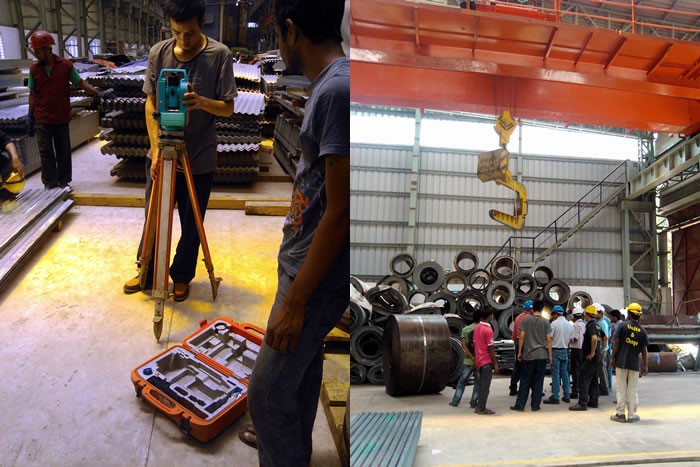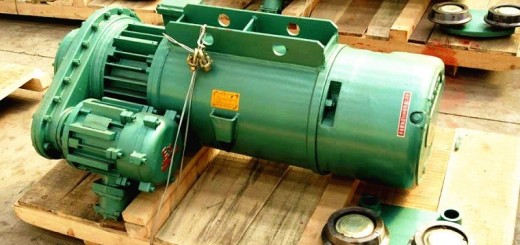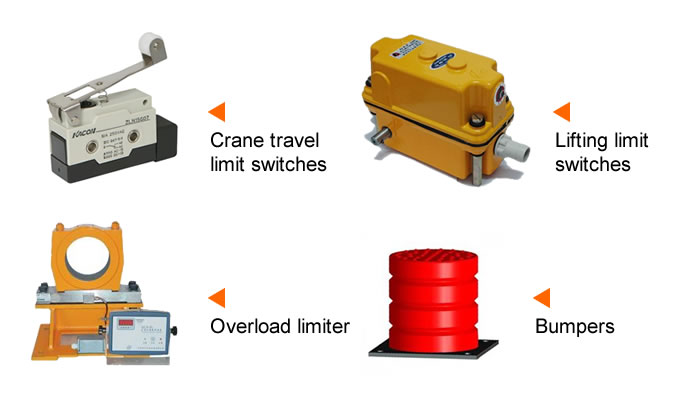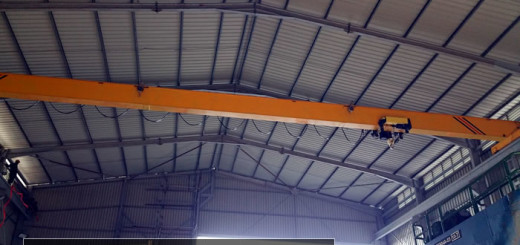Overhead Crane Inspection Checklist You Should Collect
Overhead cranes come in many forms. The overhead crane can run on rails, gantries or just hang on a beam attached to a wall. Cranes can be controlled by an attached handset, from a cab or by a remote control device. No matter what style of overhead crane, the operator must inspect it before use.

Electrical Inspection
The overhead crane operator can easily check the electrical operation of a crane. Each crane has controls that move up and down, east and west, north and south. The control labels tell the operator which direction the crane will move once that button is pushed. Inspect the overhead crane to ensure it moves the same direction the buttons say it will move. Another electrical part to inspect is the upper and lower limits of the crane. The upper limit stops the pulley and block from moving after it reaches its top limits; the same is true with the lower limit stop. Check to ensure the pulley and block stops in both positions.
Mechanical Inspection
A crane is made up of movable components that cause friction. This friction causes wear to the movable parts. The hooks, sheaves, pulley and stops are all parts of the bridge crane that need inspection before every use. Visually look for excessive wear on any of these component parts and determine if the overhead crane is safe to use. Check to see if the overhead crane moves smoothly across the rails and that the brakes work. An experienced operator can listen to the operation of the bridge crane as he inspects it and hear any problems.
Rope Inspection
One of the most important parts of a overhead crane inspection is the rope inspection. Before each use, run the overhead crane block and tackle all the way to the bottom limit and look at the wire rope. During this inspection, look for any kinks, breaks or fraying of the wire rope. If you find any of these deformities, inspect closer to ensure the damage does not affect the load capacity of the crane.
Safety Inspection
Inspect all the safety features on a overhead crane. These will include any safety lights that go on as the crane operates. The safety stops ensure the crane will travel no farther than it is intended to travel; these stops include the upper and lower limit switches mentioned earlier. Inspect the emergency shut-off switch to ensure it works properly. Inspect any other special safety device installed on the crane.




